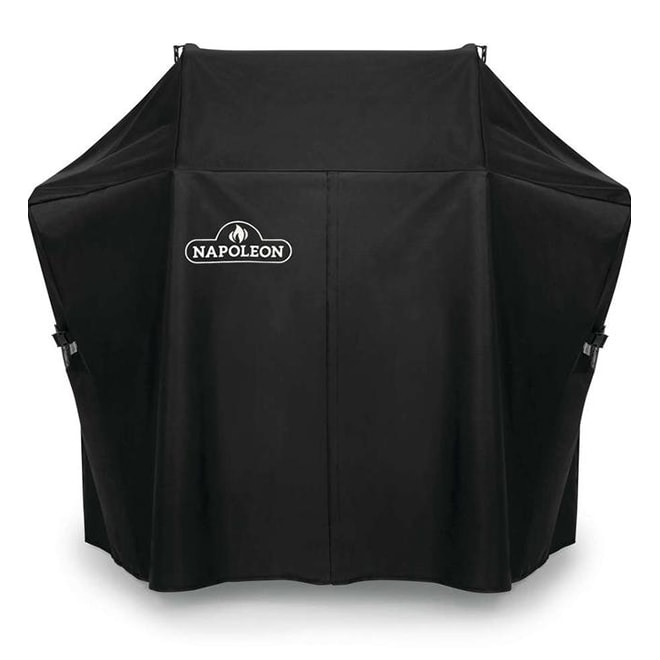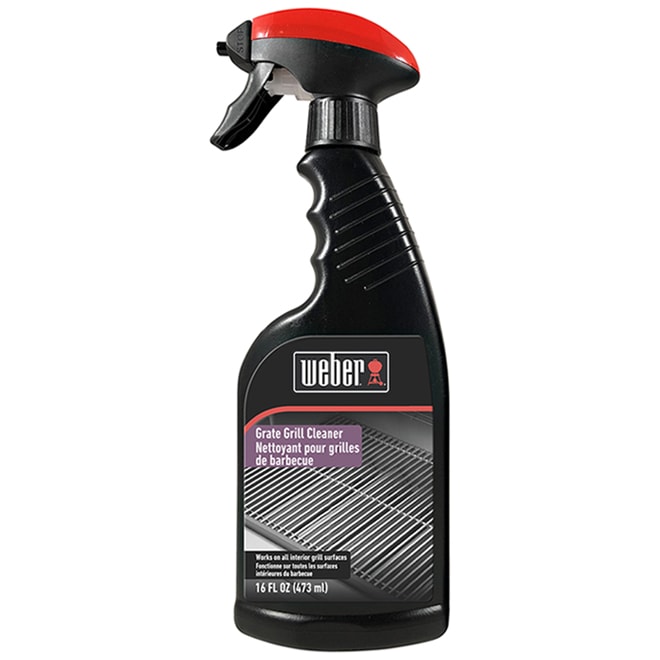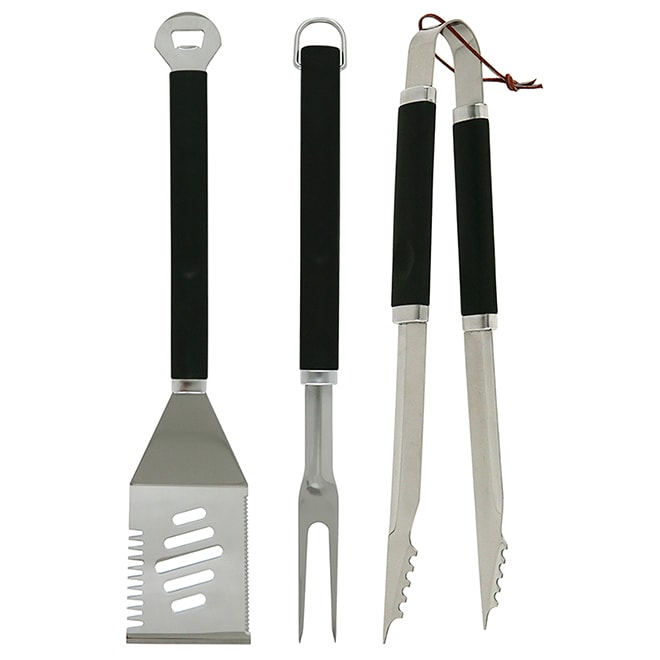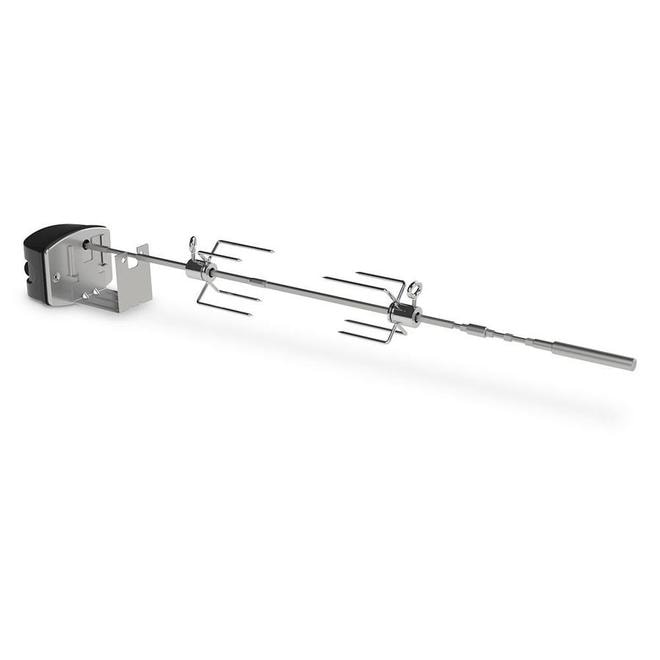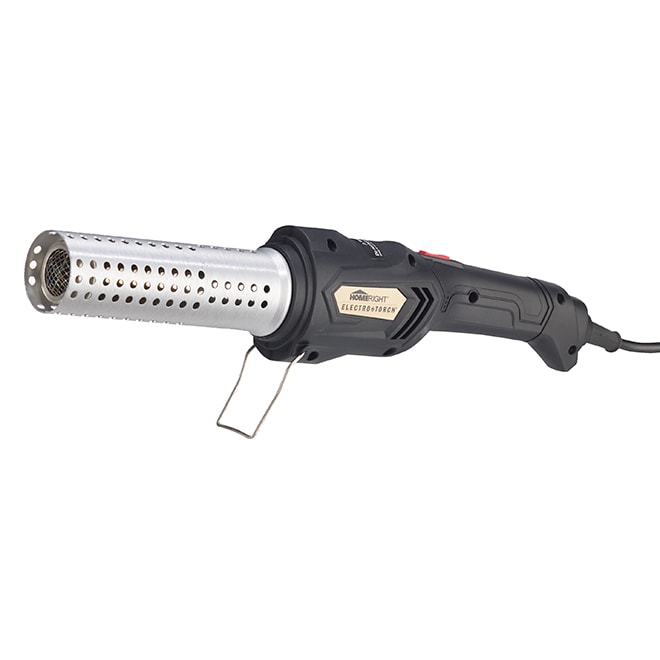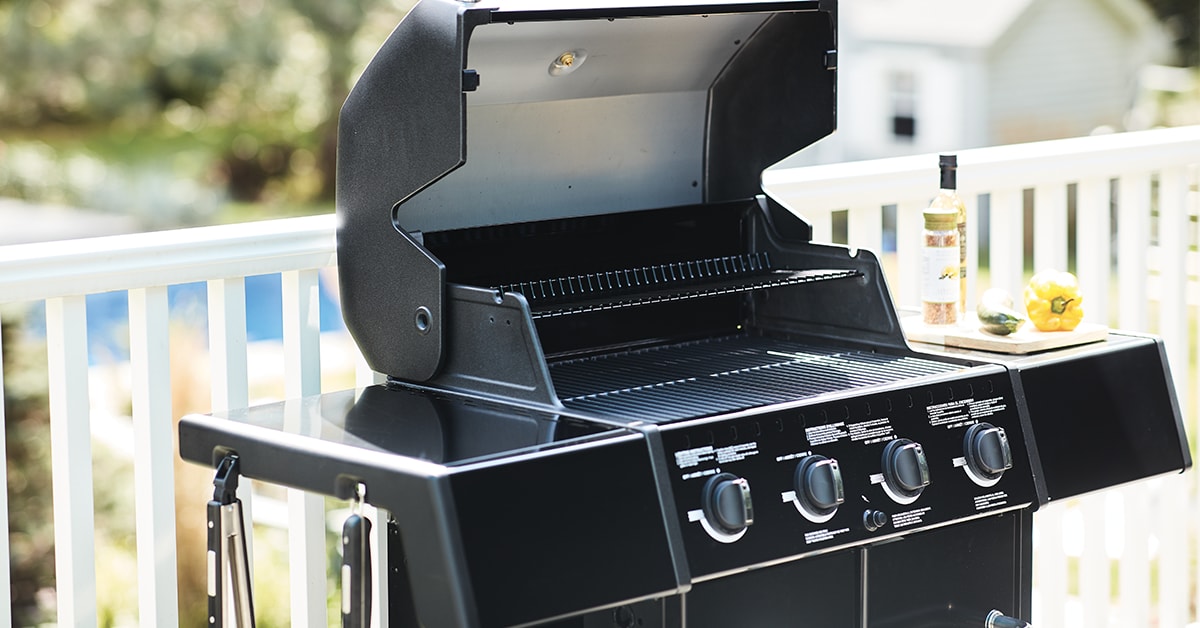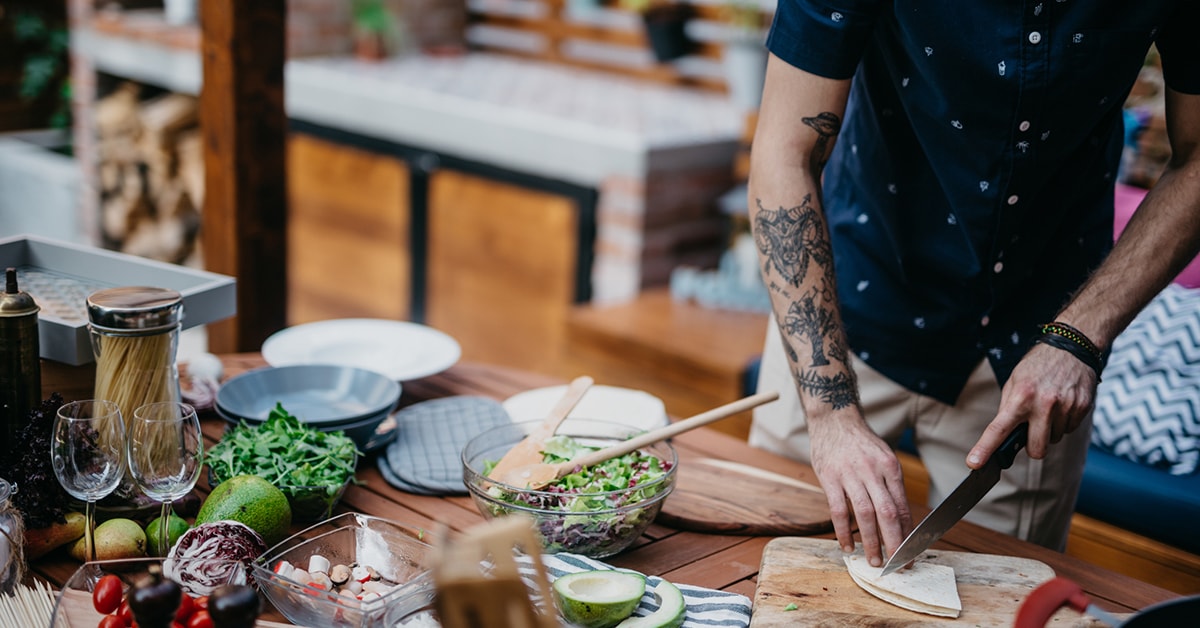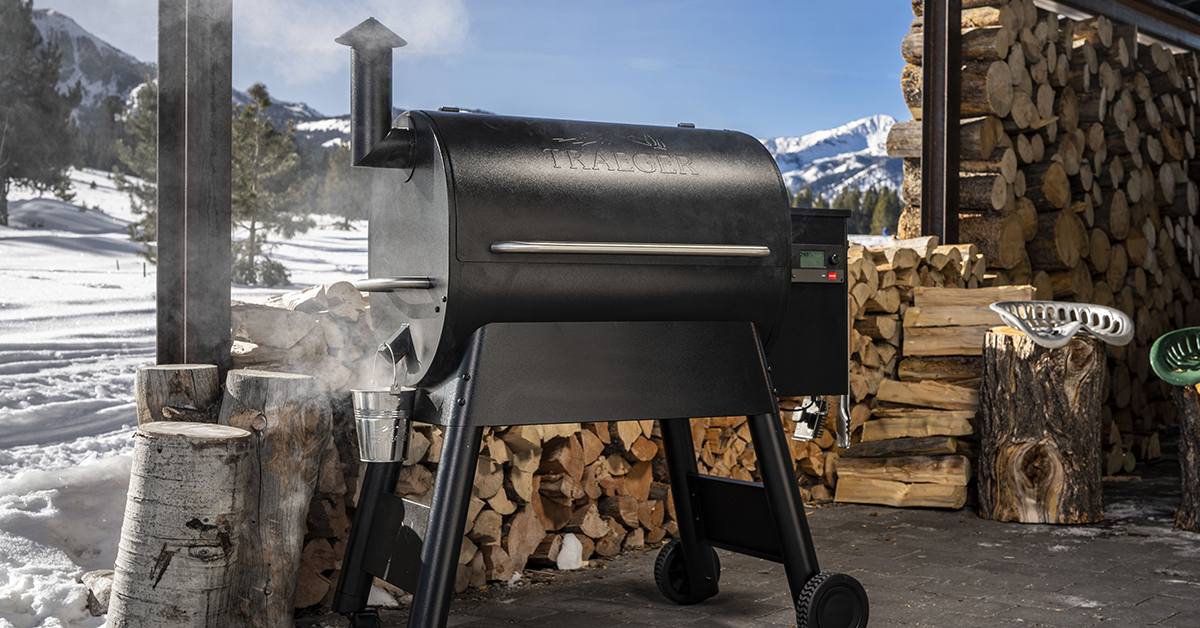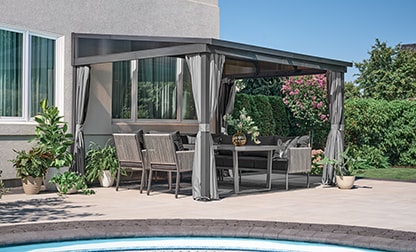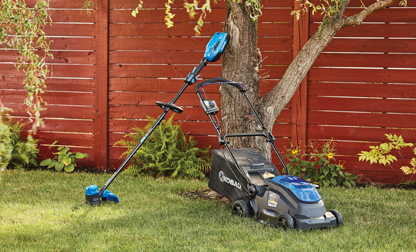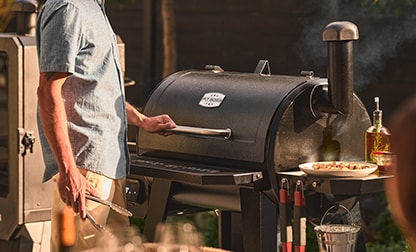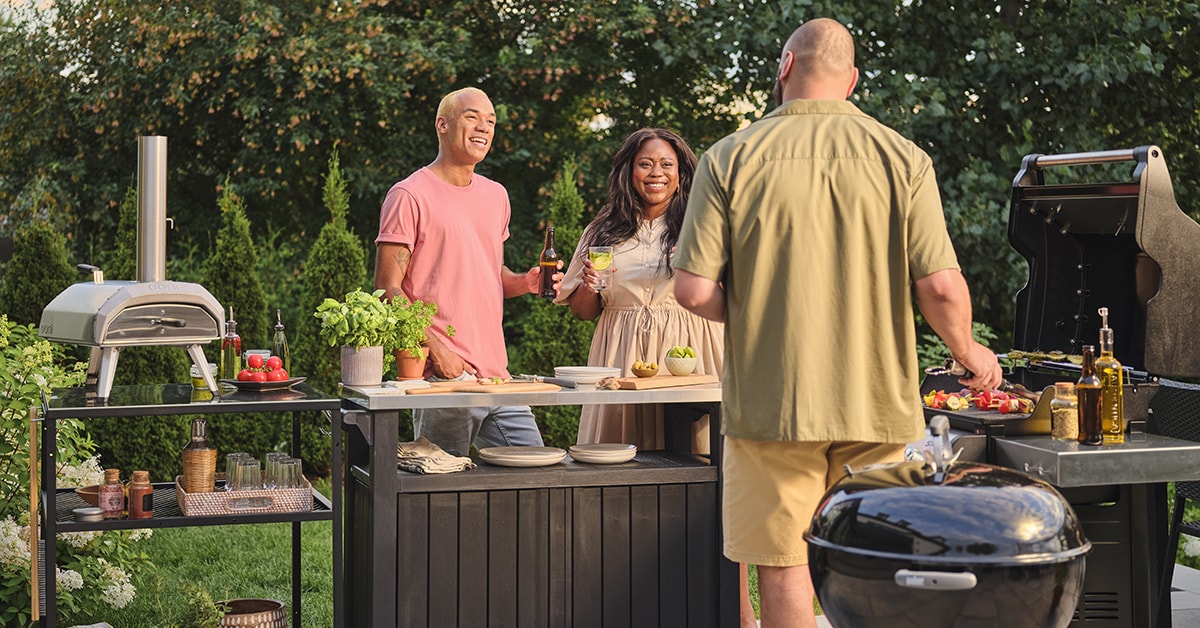
Updated on February 9, 2024
How to Choose the Perfect Barbecue
Gas, electric or pellet BBQs, charcoal grills, smokers, griddles, pizza ovens... the choice is yours! Here are the criteria and features to consider when purchasing an outdoor cooking appliance this summer.
Different Types of Barbecues Available
There are many types of barbecues available: gas, charcoal, wood pellet, and electric. Barbecues can be mobile, portable, built-in to a counter, or integrated into an outdoor kitchen. The most popular barbecue in use today is the mobile propane gas barbecue. With independent central and side burners, it is ideal for cooking several dishes at the same time at different temperatures. The gas barbecue reaches the desired temperature much more quickly than charcoal and electric barbecues.
Read on to compare the different types.

Gas Barbecues
Caution
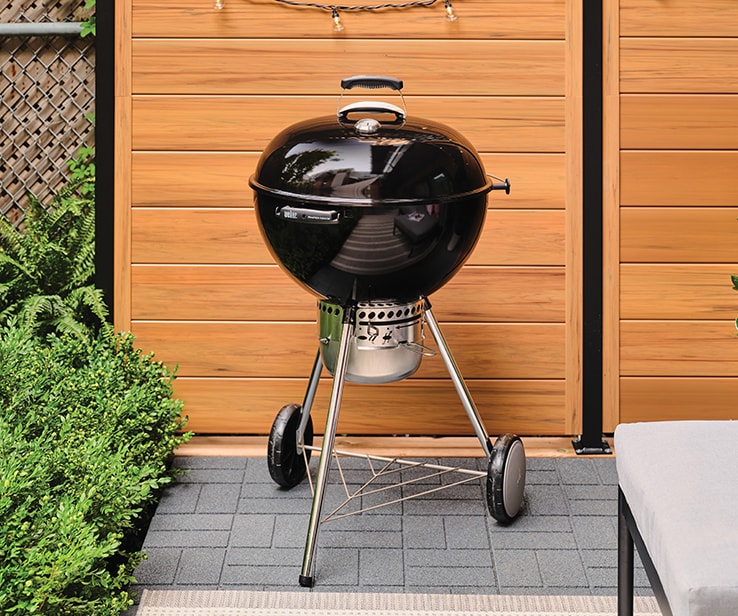
Charcoal Barbecues
Pro Tip
Models with round lids ensure better heat distribution.
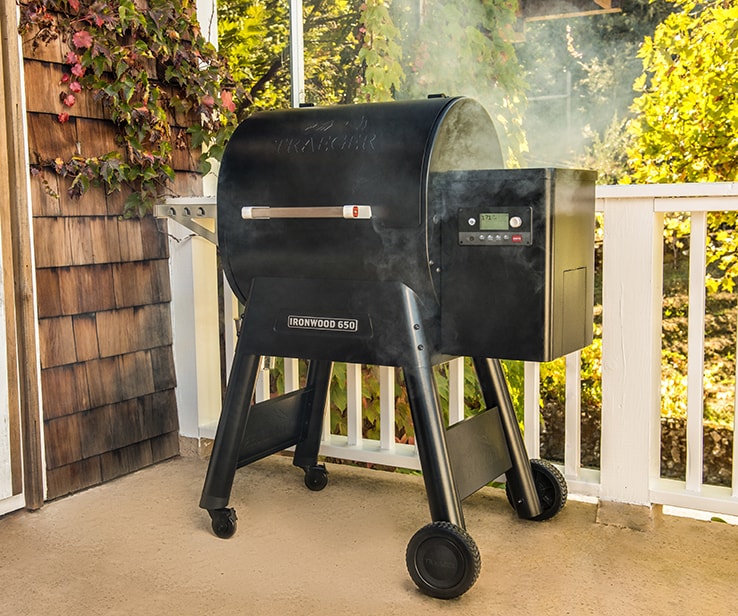
Wood Pellet Grills
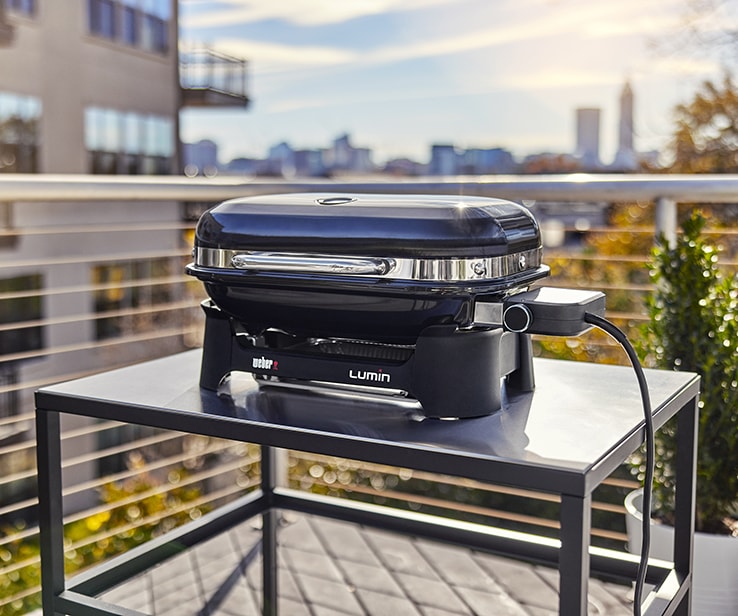
Electric Barbecues
BBQ Comparison Table
Can’t choose? Here’s a table to help you compare the different types of barbecue available and choose the right one for your outdoor kitchen:
| Pros | Cons |
Propane BBQ |
|
|
Natural Gas BBQ |
|
|
Charcoal Grill |
|
|
Pellet BBQ |
|
|
Electric BBQ |
|
|
Smart Saving Tips
Combination models are available, with charcoal on one side and propane burners on the other. That means you can use the cooking mode that suits you best, or even use both at the same time! Combo grills are a great way to save money and free up patio space, as they save you from having to buy several cooking appliances.

Smoker
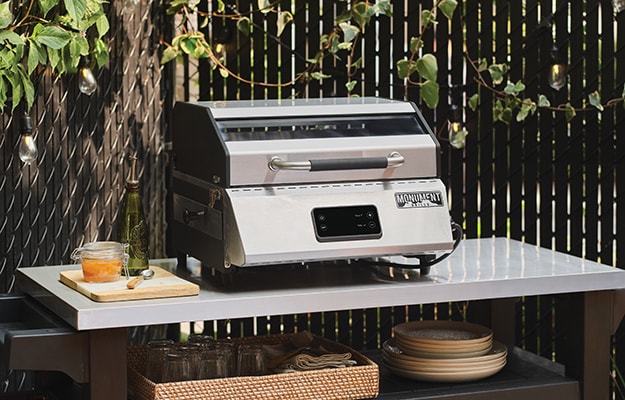
Portable BBQ
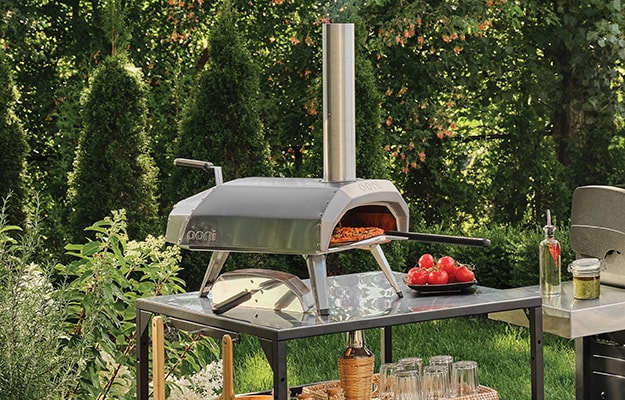
Outdoor Pizza Oven
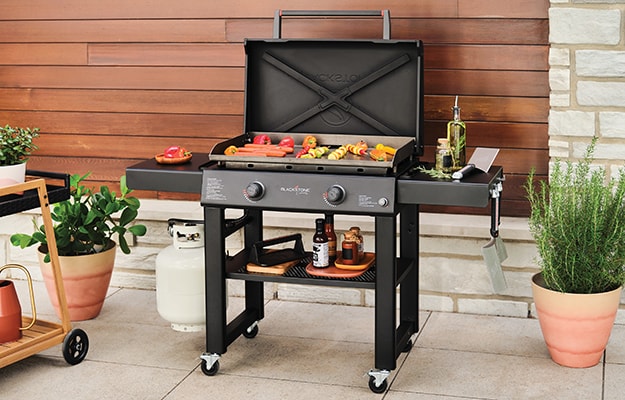
Flat-Top Grills and Griddles
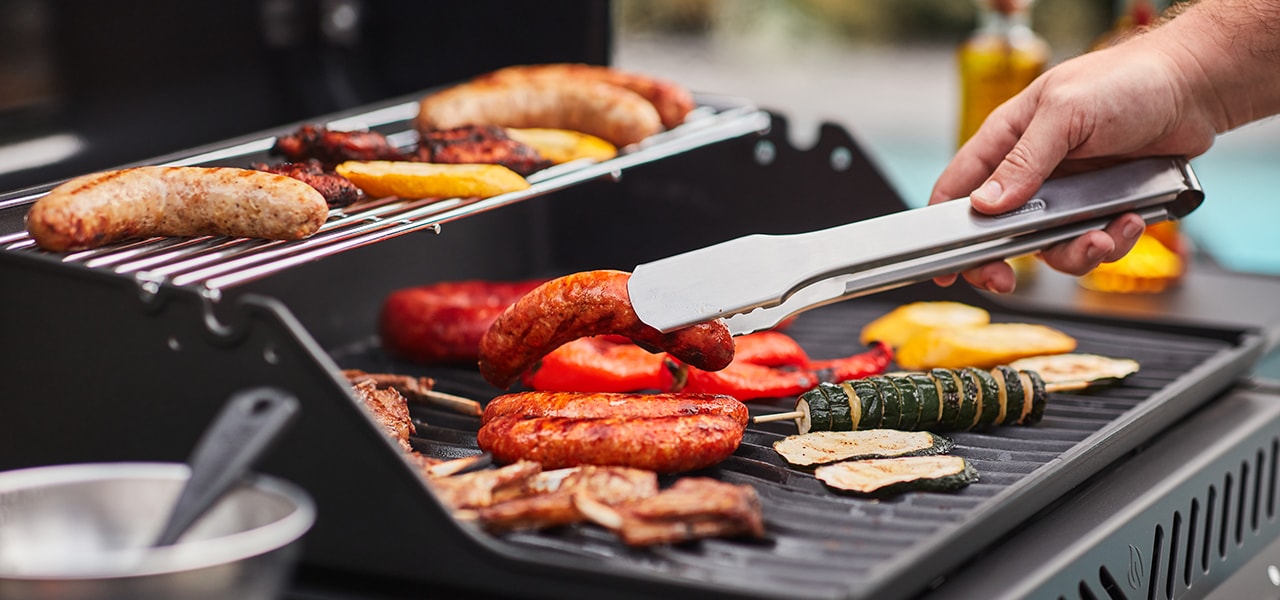
Understanding Barbecue Operation and Components
Cooking Power
Gas grills currently available are very powerful, producing between 25,000 and 60,000 BTUs. This number (British Thermal Units) reflects the quantity of heat the unit consumes per hour when all the burners are lit. To determine how much power you need, divide the number of BTUs by the total cooking surface in square inches. Allow about 110 BTU per sq. in. per person. Ideally, you will have around 110 BTUs per sq. in.
Main Burners
Burner performance depends on the efficiency of the barbecue. Barbecues generally have 1-6 burners: they constitute the main source of heat. The heat distribution plate, situated directly under the burner(s), distributes heat in the body of the barbecue and under the cooking surface. Burners can be independent from each other, which makes it possible to cook food at the same time but at different temperatures.
The shape of the burner is an important factor since it is the burner that spreads the heat. Burners are H, 8, butterfly, or coil-shaped. For example, an 8-shaped burner ensures an even distribution of heat over the cooking surface. A Super 8™ type burner makes it possible to reach 315°C in just a few minutes, which is ideal for searing meat. Dual-TubeTM tubular burners made of high-quality steel are also available. These burners provide an even flame which spreads very effectively under the cooking surface.
Finally, there are barbecues equipped with infrared radiant burners, the main advantage being that a temperature of 1,800°C can be attained in a matter of seconds. Cooking is, of course, much faster. On the other hand, the high intense heat implies extra caution when cooking vegetables and fish, which burn very easily.
Side Burners
Some models are equipped with a side burner for preparing sauces and side dishes in a saucepan.
Cooking Surface and Grates
Cooking surfaces vary between 273 sq. in. and 1,000 sq. in. The number of people you regularly cook for will help you determine the ideal size for your family. Use this calculation: approximately 60 sq. in. per portion, multiplied by the number of people.
Grates are also available in a variety of materials:
| Pros | Cons |
Porcelain-Coated Steel Grates |
|
|
Porcelain-Coated Cast-Iron Grates |
|
|
Cast-Iron Grates |
|
|
Stainless Steel Grates |
|
|
Note: Cast iron is a very durable material, but grates have a tendency to rust if not porcelain coated. Coat the grates with vegetable oil to protect them, and clean them while they are still warm.
Materials
Store-bought barbecues are made of stainless steel, enamelled steel, cast iron, or aluminum. Enamelled steel is more affordable, but it is also more vulnerable to fluctuations in temperature and less impact resistant. The main body of the barbecue must be solid so that the lid closes properly. Choose a deep enough body for the heat to spread evenly, which will also prevent sudden blazes from occurring. Opt for a model with a solid structure and sturdy castors.
Ignition System
Barbecue igniters are divided into 2 categories: push buttons; and rotary or electronic controls. The difference between these systems is that the push button produces one single spark, whereas the rotary and electronic controls produce several sparks, making lighting the barbecue much easier.
Storage Compartments
Integrated storage shelves and drawers are a definite plus; an extra work surface is always useful for setting dishes and utensils, and space to store spices and accessories is very handy. Before you buy your barbecue, make sure the shelves are sturdy. However, keep in mind that shelves will always be sturdier on stationary, built-in barbecues than on their mobile and portable counterparts.
Lights
Adequate lighting means that you can use the barbecue later in the evening, or even after nightfall. You can also buy a barbecue light that fits over the handle and directs light into the barbecue when it’s open. Sold separately, they are compatible with most grill handles.
Pro Tip
Opt for a barbecue with an additional grate above the main grill which will provide you with extra cooking space, the possibility of keeping dishes warm, and the option of simultaneously cooking different things at different temperatures.









